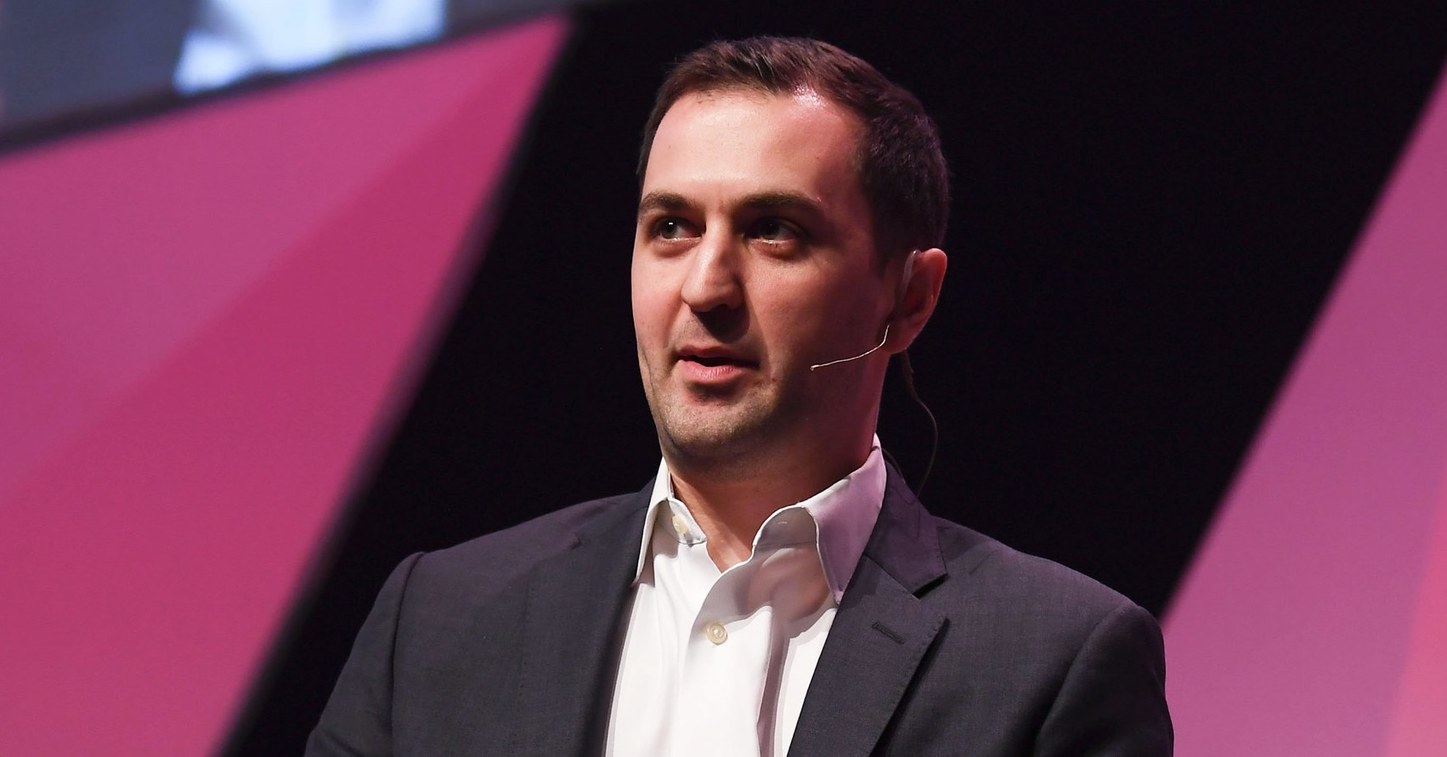The bleeding will end soon—soon-ish—Lyft executives said on a call with investors. “We anticipate 2019 will be our peak loss year,” said Brian Roberts, the company’s chief financial officer. “We are on day one of a $1.2 trillion market opportunity.”
Investors aren’t fully convinced. Lyft shares have fallen more than 20 percent since the IPO.
A few business lines weighed down the company in the quarter, executives said. The company is rapidly expanding its bicycle- and scooter-share offerings throughout the US. Lyft expects its revenue per active rider to stay flat through the coming summer months—peak scootin’ time, which might steal riders away from the company’s higher-margin ride-hail services. The company also expects to sink serious money in its driver centers, new hubs where drivers can receive troubleshooting help and reduced-price maintenance services. Roberts said the company expects to “unlock … leverage in 2020,” meaning it will be able to make more—or lose less—on each ride.
Even as the losses grew, so did Lyft’s revenue. The company reported $776 million in revenue, compared with $397 million in the first quarter of 2018—a 95 percent year-over-year jump. That was helped by a 46 percent leap in active riders, to 20.5 million in the first quarter. Lyft executives said they suspected the media blitz around its IPO—the first major tech offering of 2019—helped attract new riders.
Lyft also used its investor call Tuesday to announce new developments in its self-driving-vehicle efforts. Since 2017, Lyft has taken a hedge-your-bets approach to autonomous vehicles. It’s developing its own tech in a research center in Palo Alto. And it has formed deals with a bunch of major self-driving-tech developers, promising to allow robofleets onto the Lyft platform so riders can hail a self-driving car. Since January 2018, for example, app users in Las Vegas have had the opportunity to hail one of 30 testing AVs in the city, courtesy of the company Aptiv.
Sourced through Scoop.it from: www.wired.com



Leave A Comment